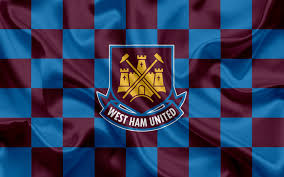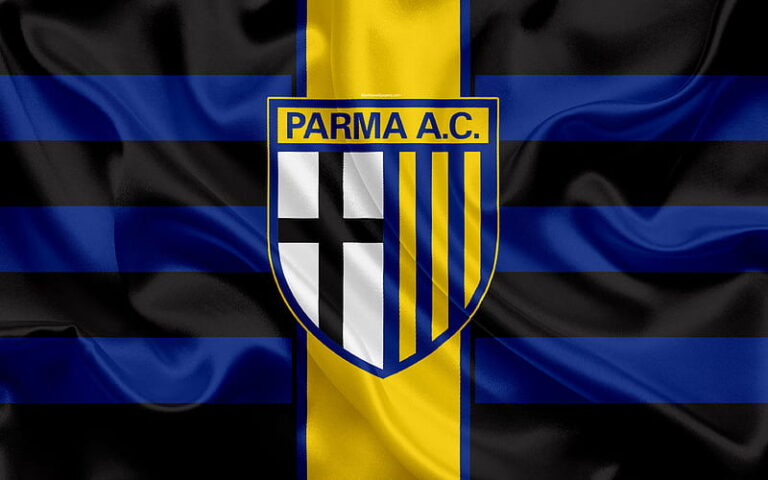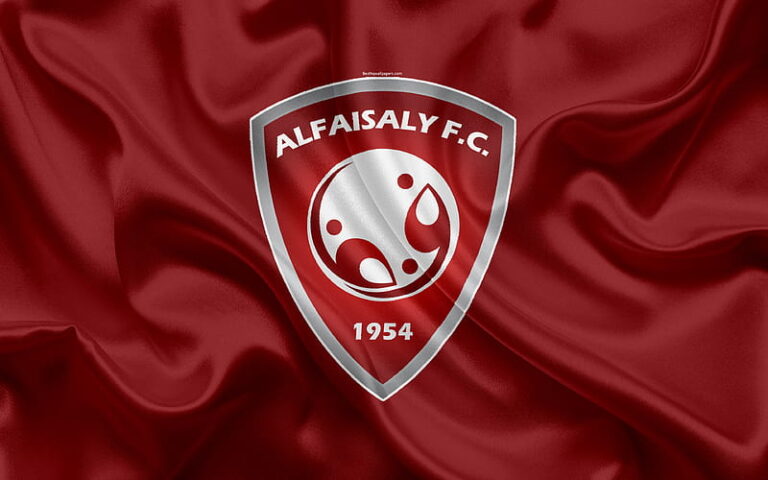
West Ham FC
As West Ham FC progressed through the years, the club underwent substantial transformations that reflect broader trends in both football and society. From early struggles to later successes, the evolution of the club is a mirror of changing times and attitudes in the sport. This section will discuss the phases of evolution that have impacted West Ham’s identity significantly.
The Golden Era of the 1970s and 1980s West Ham FC
The 1970s and 1980s marked a golden era for West Ham FC, characterized by memorable performances and significant achievements abc8 com.
Under the management of John Lyall, the Hammers enjoyed domestic success, including another FA Cup victory in 1975. The team boasted extraordinary talent, providing thrilling football and capturing the imagination of fans.
During this period, West Ham cultivated an identity centered around attractive, attacking play, which endeared them to football purists.
The Challenges of the 1990s
The 1990s presented new challenges for West Ham, as the club struggled to maintain its competitive edge in a rapidly evolving football landscape.
Relegation battles became a recurring theme, leading to shifts in management and player turnover. However, amidst these challenges, the team displayed moments of promise, including the emergence of young stars such as Frank Lampard and Joe Cole.
These players would become instrumental in ensuring the club’s return to the top tier of English football, instilling hope and excitement among fans.
The New Millennium and Premier League Success
Entering the new millennium, West Ham FC witnessed a revival as they returned to the Premier League and began establishing themselves as a mid-table contender.
The club’s ambitions grew, culminating in a remarkable run to the FA Cup final in 2006, where they faced Liverpool in a thrilling match that ended in a penalty shootout. Although they were narrowly defeated, West Ham’s performance showcased their potential to compete against the elite.
Furthermore, the increased financial investment in player acquisitions allowed the team to attract quality talent, raising expectations among fans and setting the stage for future successes.
Modernization and Commercial Growth
The past decade has seen West Ham FC embrace modernization and commercial growth, positioning itself as a competitive presence in the Premier League.
The move to the London Stadium represented a strategic decision to capitalize on new revenue streams and expand the fan base. Despite initial teething issues related to the new venue’s atmosphere, the club has worked diligently to create a home that fosters a strong connection between the players and supporters.
Additionally, enhanced marketing strategies and branding efforts have elevated West Ham’s profile, opening doors for potential partnerships and sponsorship deals.


